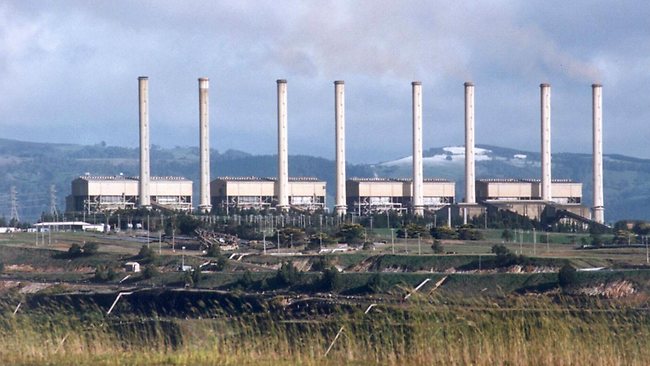In Monday’s blog post we reported that a March 31 closure date for Victoria’s Hazelwood power station has now been set. We also followed up on an earlier post we wrote when word of Hazelwood’s eventual retirement was first made public.
In this earlier post we predicted that the news of the plant’s closure would cause Victorian electricity prices to skyrocket. This week the Australian Securities Exchange (ASX) seemingly proved our predictions to be true, as the Victorian front year baseload power strips broke through the $60 mark for the first time since 2008 with the 2017 calendar strip “rally[ing] $4.34 to $60.89.”
But there are always two sides to every story and the end of the Hazelwood station and the subsequent market impact are certainly no exception.
A big rate hike or a blip on the radar?
While it may seem a forgone conclusion that the closing of a plant supplying 20 per cent of Victoria’s power and contributing “4 per cent of the electricity in the national grid” will have a significant impact on Australian energy rates, some argue that Hazelwood’s closure won’t affect power prices as much as one might think.
In his recent article appearing in The Conversation, Roger Dargaville, Deputy Director of the University of Melbourne’s Melbourne Energy Institute, examines the economic and environmental factors, which indicate that Hazelwood’s closure won’t result in too big of a hit to consumers’ pocketbooks.
One factor is electricity demand. According to Dargaville, until 2007 average electricity demand in the National Electricity Market (NEM) increased annually since the creation of the grid. After that point, however, demand began to fall. There are a variety of factors that can be linked to the decrease in demand, including “increasing takeup of rooftop solar panels, improved efficiency of lighting and appliances, and reductions in industrial demand”.
The fact that coal-fired generation facilities like Hazelwood have been phasing out may be another reason that the effects of the closure could be overstated. According to Dargaville, coal generation capacity in Australia has been significantly retiring since 2010 due to aging plants, as well as costs associated with the carbon price. Dargaville concludes that if more capacity has been retired than the baseload, demand has decreased. In theory, the “retirement of another baseload power station… would result in even more tightening of the balance between supply and demand”>
Coal-fired stations are also running at low levels because while demand has been falling, wind power capacity is increasingly being added to the grid – an extra 4GW according to Dargaville. But at the same time, new coal-fired plants were built leading up to the peak in demand with the expectation that demand would continue to rise. These plants – which contribute a combined 2.7GW to the grid – include Callide C, Millmerran and Kogan Creek.
The bottom line on Hazelwood
While predicting exactly what will happen to electricity prices in the future is extremely difficult, Dargaville suggests that any rate increases will be more of a slight uptick than a drastic hike. He concludes that if the “hole” left by Hazelwood’s closure is “filled by the excess capacity in NSW, then all things being equal the impacts on the overall costs of running the system would be modest”.
So will the end of the Hazelwood era signal dramatic electricity increases or simply result in modest changes that will be hardly noticed by consumers, let alone felt? We’ll let you be the judge.
Learn more…
Watch the Bulk Energy blog for more news and developments on this and other important energy topics.








